Foundation Repair Honolulu
Cities Foundation Repair
If you’ve found flaws around the home in the way of doors that won’t close, cracked walls, bulging floors, or damage near your garage floor, these can be the signs of foundation problems. Better to take care of these when you see early signs because foundation settlement can lead to major structural problems with your home later on that can become very costly, very quickly.
Fortunately, several methods of block repair and concrete foundation repair are available to fix a concrete foundation without having to tear your home up and start from scratch. Causes may be due to building on expansive clay, compressible or improperly compacted fill soils or improper maintenance around foundations. Older homes are typically more susceptible, especially in the arid southern region of the U.S. in cities located in Texas. If you see signs of foundation distress, don’t wait to solve the problem as this could lead to unsafe structures.
Your foundation could sink and cause further damage. A professional will be able to assess which repair method is best suited for your specific foundation issues. Educate yourself on the process of foundation repair so you are familiar with the work being done on your home. It is likely that you will have to budget in the range of $10,000 for this kind of repair job.
Foundation Replacement
The foundation basically just spreads the weight of the house out over it’s width making what engineers call a pressure bulb. In loose, sandy soil you get a very wide pressure bulb while in heavy clay soils, you get a more vertical bulb. If you remove soil in the bulb, you make it harder for your foundation to hold your house up. Soil pushes sideways on basement walls because in large quantities, granular solids behave like fluids.
If you want to see this in action, get some brown sugar and smoosh it with a spoon. It will blob up around the spoon as if it were peanut butter. All liquids and granular solids in large amounts exert fluid pressure outward in all directions.
That’s why if you dig a really big hole, the walls are liable to fall on you if you don’t hold them back somehow. The first step to replacing a foundation is to dig holes to put the cribbing in. Once that’s complete, the cribbing is put in which is sometimes called shoring.
Large beams under the house are held up by stacks of cribbing. At this point, the old foundation can be removed and excavation can be finished. Once the concrete is at working strength and the new foundation is attached to the house, the cribbing can be removed and the hold in the basement floor gets plugged up with backfilling which will cause the house to move sideways in the event of an earthquake. Exactly what you want.
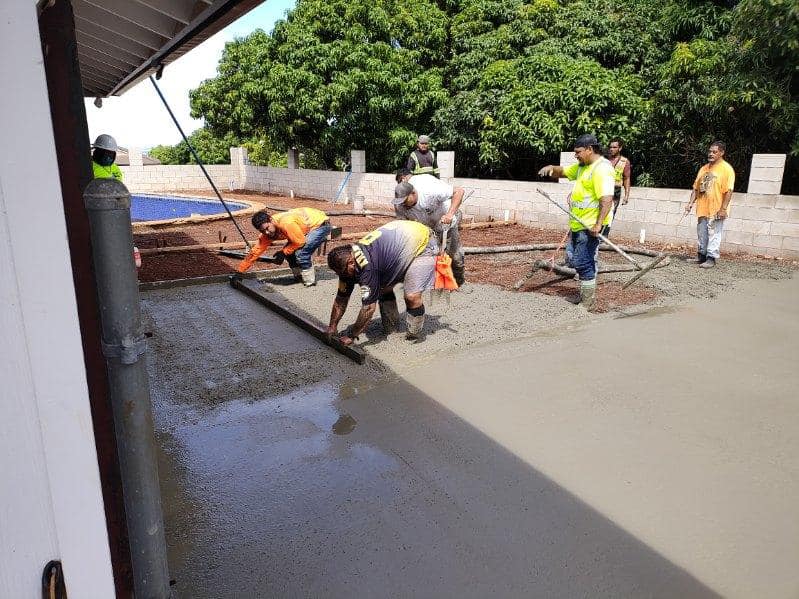
Sister Foundation
This is a supplemental foundation used in cases where the exterior of the house is not affected. This is especially important with historic home structures or homes with beautiful river rock or brick foundations. Typically, a sister foundation is less expensive than a complete foundation replacement.
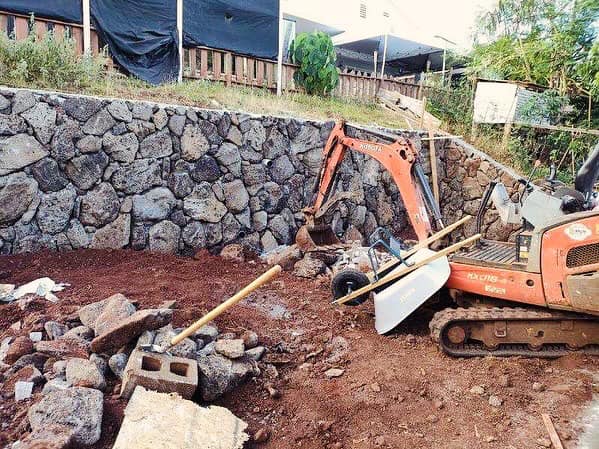
Caissons Foundation
Caisson is a watertight retaining structure used, for example, to work on the foundations of a bridge pier, for the construction of a concrete dam or for the repair of ships. These are constructed such that the water can be pumped out, keeping the working environment dry.
When A are to be built using an open caisson and it is not practical to reach suitable soil, friction pilings may be driven to form a suitable sub-foundation. These piles are connected by a foundation pad upon which the column pier is erected.
Shallow caissons may be open to the air, whereas pneumatic caissons, which penetrate soft mud, are sealed at the top and filled with compressed air to keep water and mud out at depth.
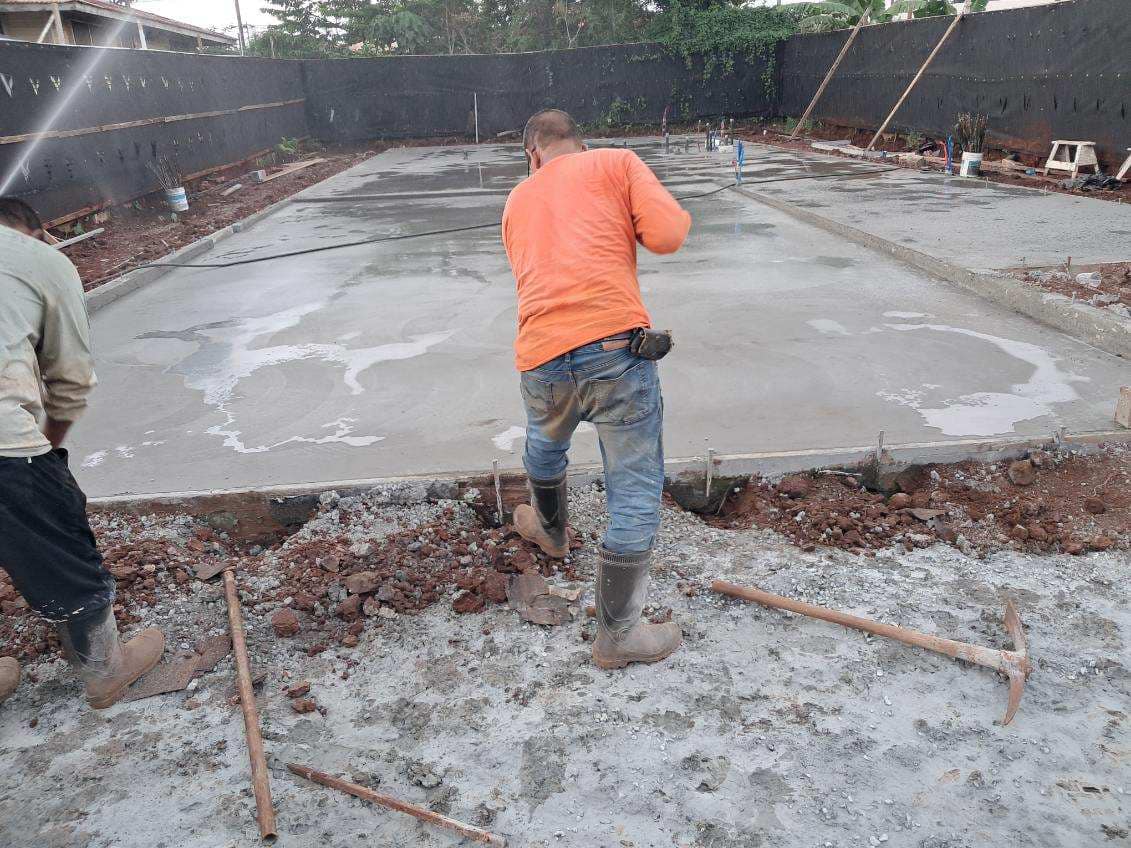
Foundation Crack Repair
Foundations are rigid and tend to crack over time. Minor cracks, though unsightly, are not normally cause for alarm. Major cracks on the other hand, indicate substantial movement and can undermine the home’s structural integrity. Filling in these cracks to stop them from spreading is essential to preventing serious structural issues to your home. If your foundation or structural slab has excessive cracks that are larger than 1/4 inch wide, have it examined by a structural or civil engineer to assess the extent of the damage and to determine the source.
If the damage is severe, consult a geotechnical or soils engineer who can suggest appropriate solutions to correct the problem. To repair a small crack yourself first clean the area. Mix the concrete patch to the consistency of a thin paste and mist the crack with water. Then you can trowel the patching paste into the crack. Scrape away any excess paste and create a smooth and uniform finish. Vinyl concrete patch material is recommended.
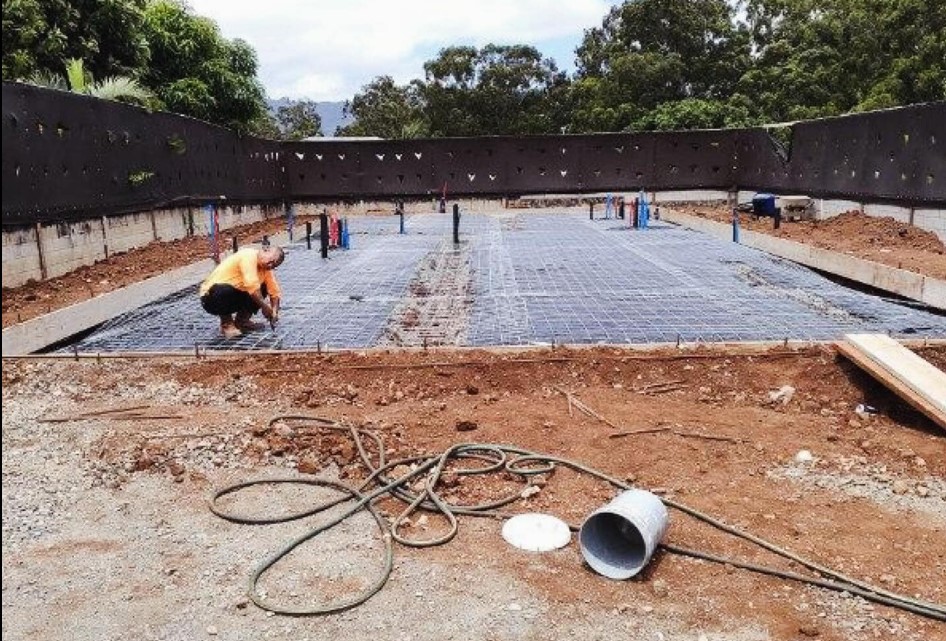
Basement Crack Repair
Basement crack repair is essential for preserving the integrity of your home’s foundation. Cracks in the walls may seem like a minor cosmetic issue, but they can cause more serious problems if left unaddressed. It’s important to act quickly to prevent further damage to your property and avoid costly repairs down the line.
Sealing the cracks helps prevent water from infiltrating and causing structural damage. Injection repair is a highly effective technique that involves injecting a special sealant into the crack, which expands to form a watertight seal. While the process is straightforward, it’s best to consult a professional who has the necessary tools and expertise to ensure a proper and lasting repair.
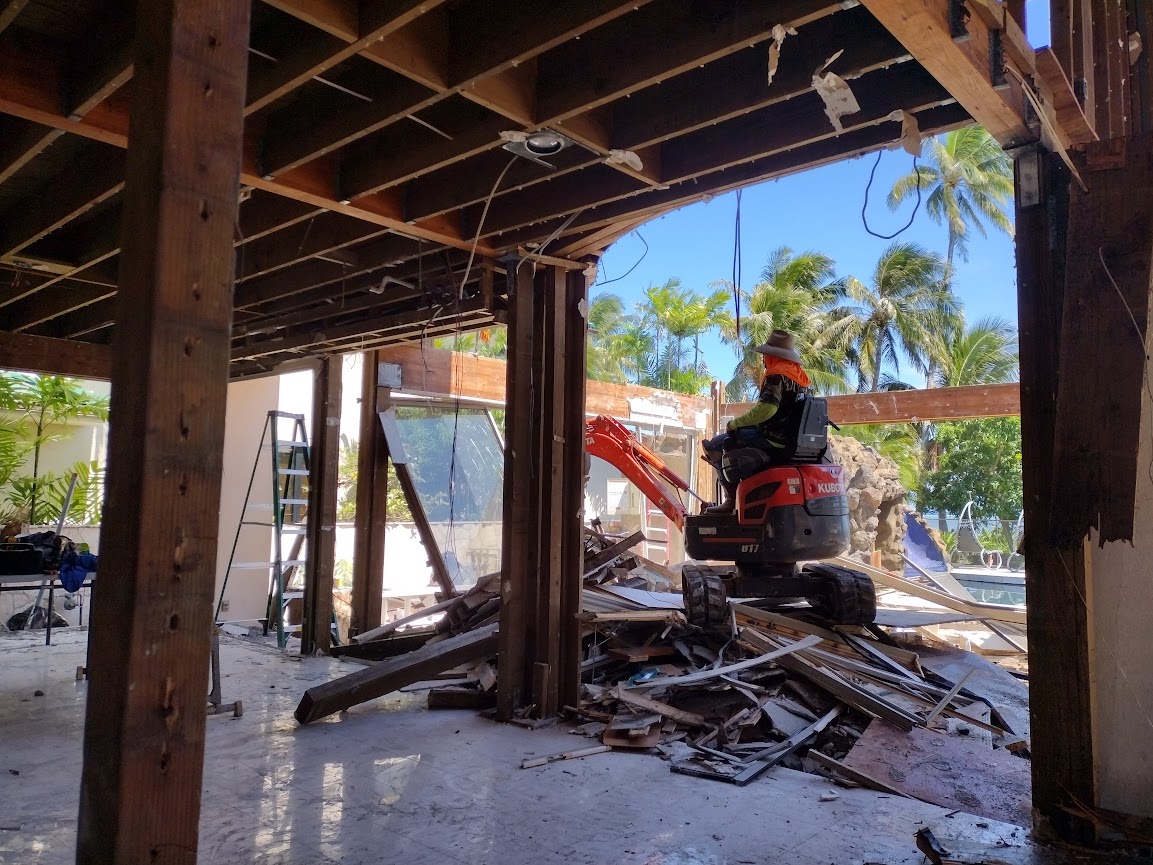
Foundation Leak Repair Honolulu
Addressing basement wall cracks is just one part of maintaining the overall health of your home’s foundation. In Saint Paul, foundation leaks are a common issue that can cause significant damage if left untreated. Horizontal cracks, in particular, often signal pressure against your foundation walls, which can allow water to seep in and threaten the structural integrity of your home.
Repairing a leaking foundation in Saint Paul requires more than just patching visible cracks. To fully address the issue, a comprehensive approach is necessary, including waterproofing, fixing leaking areas, and potentially repairing the drainage system around your home. Though the initial repair costs may seem high, addressing the problem early can prevent more costly damage in the future, protecting your home and investment.

Foundation Crack Filler
Effectively addressing horizontal foundation cracks before they escalate into major problems is essential for maintaining your home’s structural integrity. A foundation crack filler is an excellent first step in preventing further damage, especially for vertical cracks that may signal potential structural issues. By applying a high-quality filler, you can prevent water infiltration and protect your home from additional harm.
When repairing foundation cracks, it’s important to identify the type of crack you’re dealing with. Vertical cracks are generally easier to repair and less severe than horizontal ones, but they still require prompt attention. By cleaning the crack and applying the filler carefully, you can prevent small issues from turning into costly problems and ensure the long-term stability of your home’s foundation.
Contact Us Now!
If you need a Foundation Repair in Honolulu, look beyond our company! We offer all of your needs, from simple repairs and maintenance to paving new pathways or changing existing ones. With over years of experience, we can provide the expertise that will make it happen for any project size- making us a one-stop-shop when dealing with this type of construction work.
